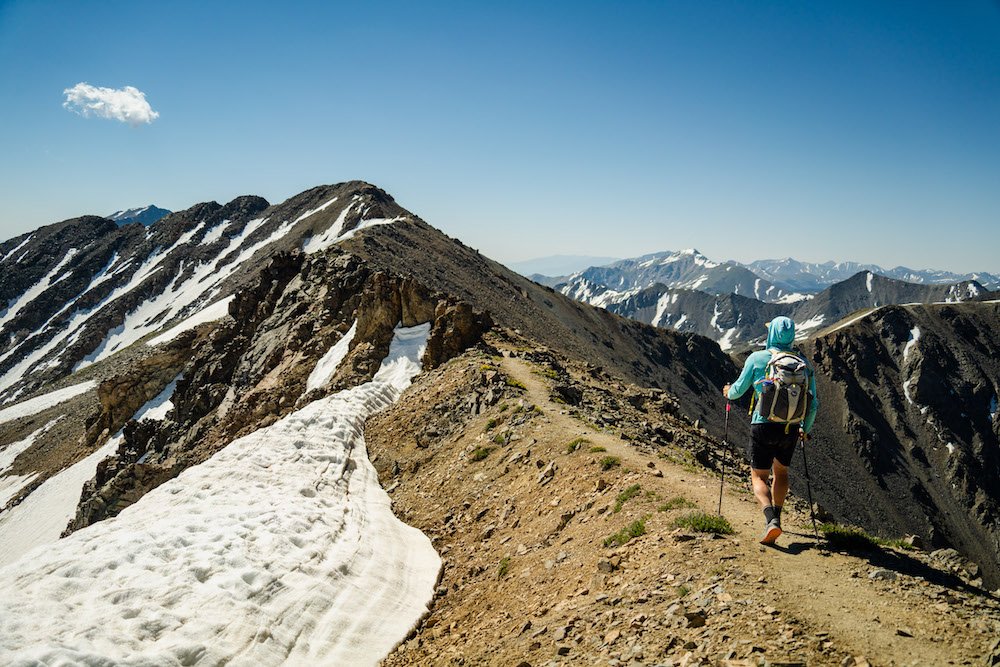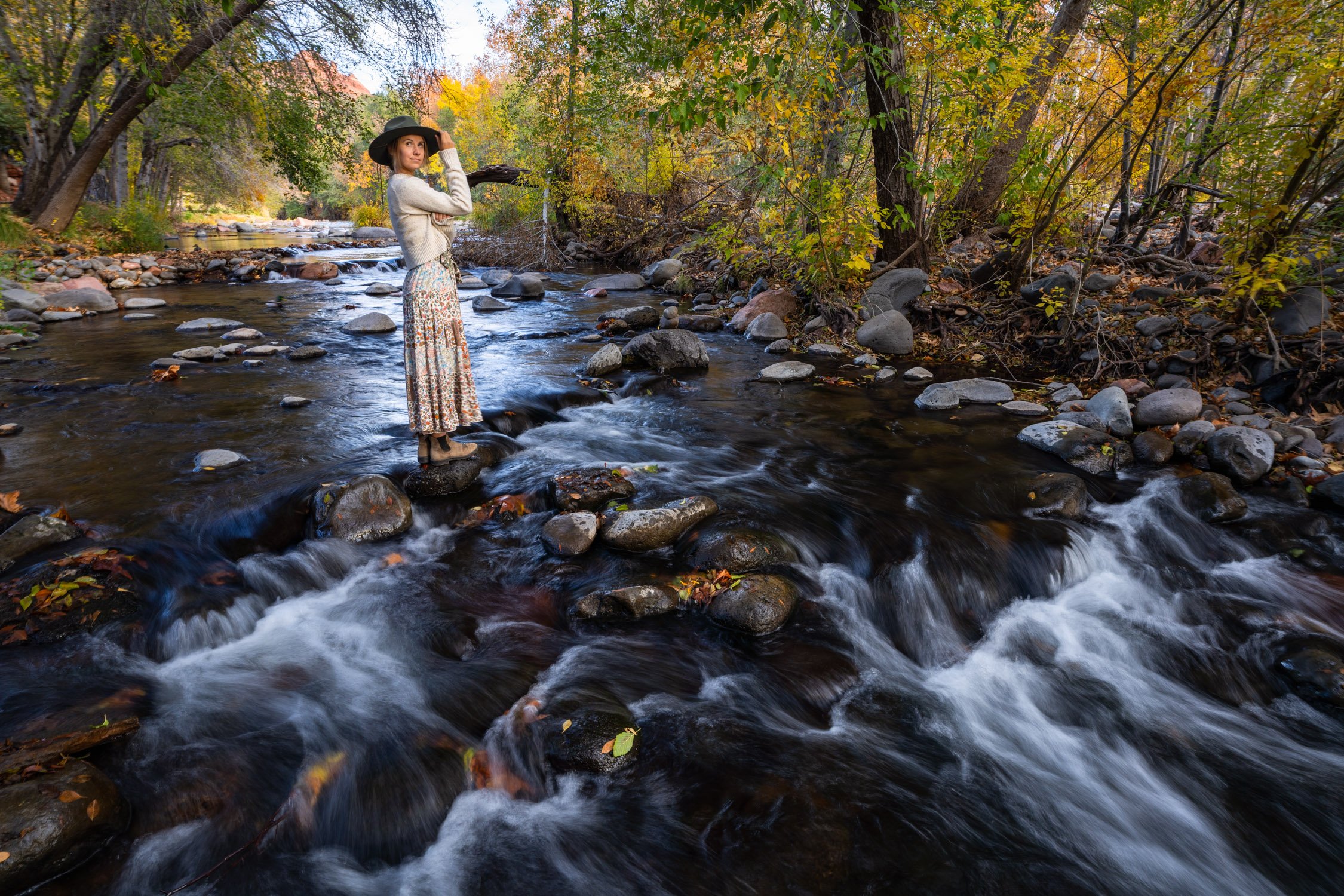What You Need to Know About Timing Your 14er Ascent
Climbing a 14er—a peak with an elevation of at least 14,000 feet—is a bucket-list adventure for many hikers. However, timing your ascent is crucial for a safe and successful climb. Starting too late can put you at risk of thunderstorms, heat, and other hazards that can turn an enjoyable hike into a dangerous situation. Here’s what you need to know about timing your 14er adventure.
California 14ers a little bit harder than Colorado’s, here’s some visual proof. Photo by Dalton Johnson
An early start is one of the most essential aspects of a 14er climb. In Colorado and other mountainous regions, weather patterns often bring thunderstorms that develop in the afternoon. Lightning strikes above treeline can be deadly, so most experienced hikers aim to summit and begin descending by late morning. Starting your hike at 4:00 or 5:00 a.m. gives you a significant buffer to reach the summit before storms roll in.
Beyond avoiding storms, an early start helps you beat the heat. Even at high elevations, the sun can be intense, especially in summer. Climbing during the cooler morning hours reduces the physical strain and minimizes the risk of dehydration and heat exhaustion. On a personal hike up Mount Massive, I started later than planned and found myself sweating through exposed sections of the trail as the sun climbed higher in the sky. Trust me, those early hours are worth the effort.
Scouting the route on Mount of the Holy Cross. Photo by Dalton Johnson
Popular 14ers often see a rush of hikers, especially on weekends. Arriving early ensures you secure a parking spot at the trailhead, which can fill up quickly by mid-morning. Late arrivals may have to park further away, adding extra distance to an already demanding hike. Additionally, starting early means you’ll encounter fewer hikers on the trail, creating a more peaceful and enjoyable experience.
When summiting Mount of the Holy Cross, I found myself “in a line” of hikers navigating the final section towards the summit, so I either had to wait or go around off trail. I chose to go around. The congestion slowed my progress and detracted from the solitude I value in the mountains.
Starting late doesn’t just increase the likelihood of encountering thunderstorms—it also limits your time buffer for unexpected delays. Whether it’s a slower pace, route-finding challenges, or dealing with altitude sickness, these delays can extend your hike beyond the safe window for summiting and descending. A late start also increases the risk of hiking back to the trailhead in the dark. While carrying a headlamp is essential, descending in darkness can be disorienting and dangerous, especially on rocky or poorly marked trails. The mental and physical fatigue from a long day adds to the challenge.
Sunrise above the clouds on Mount Princeton. Photo by Dalton Johnson
To ensure a safe and enjoyable hike, plan your start time by working backward from your target summit time. For most 14ers, a goal of reaching the summit by 10:00 or 11:00 a.m. is ideal. Estimate your pace and the time required for the ascent, including breaks, to determine when you need to begin.
For slower hikers or longer routes, this could mean starting as early as 3:00 a.m. Consider the season as well. During peak summer months, daylight hours are longer, providing more flexibility. In late spring or early fall, shorter days and cooler temperatures may require even earlier starts to avoid being caught out after dark.
Running between 14er summits to be down before a storm. Photo by Dalton Johnson
Here are some tips to help you plan an early start:
Prepare the Night Before: Lay out your gear, pack your bag, and set your alarm to avoid a rushed morning. Prepping your breakfast and filling water bottles the night before can save valuable time.
Check the Weather: Review the forecast for your hiking area, paying close attention to the timing of potential thunderstorms.
Acclimate to Altitude: Spend a night or two at a higher elevation before your hike to reduce the risk of altitude sickness, which can slow your progress.
Start in the Dark: Don’t be afraid to begin your hike before sunrise. A headlamp or flashlight will light your way, and you’ll get to experience the magical transition from night to day on the trail.
Pace Yourself: Even with an early start, it’s essential to maintain a steady pace to conserve energy for the descent.
Timing your ascent properly not only ensures safety but also enhances the overall experience. There’s something magical about starting in the quiet predawn hours, watching the first light touch the peaks, and reaching the summit with plenty of time to soak in the views before heading back down. A well-timed 14er climb is about more than just reaching the top—it’s about savoring the journey while prioritizing safety.
Whether you’re tackling your first 14er or your fifteenth, early starts are the key to making the most of your adventure. With the right preparation and timing, you’ll set yourself up for success and create unforgettable memories in the high country.















